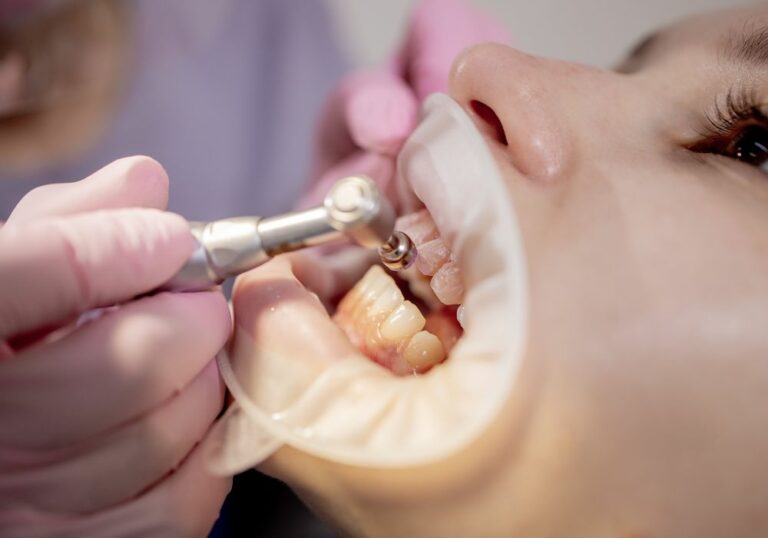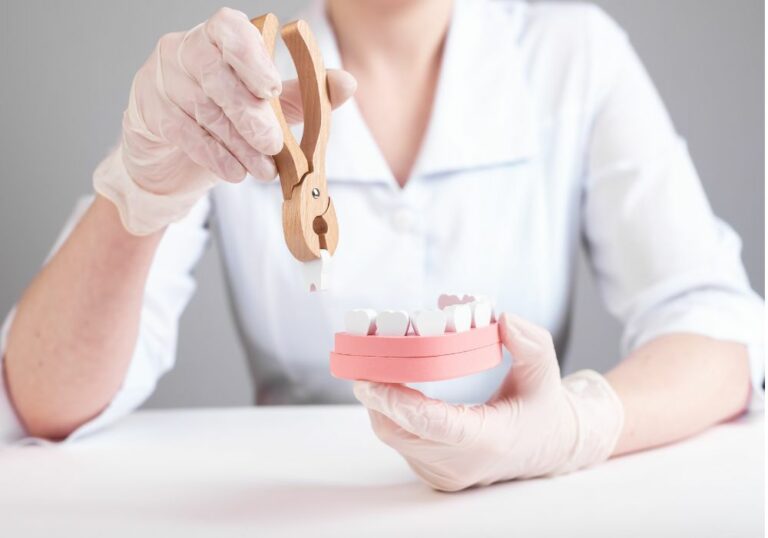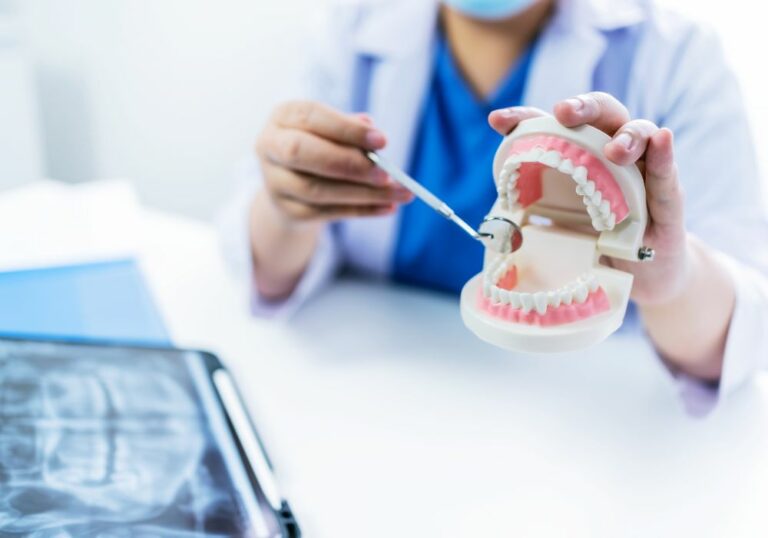Have you ever wondered if the canine tooth is connected to the eye? This is a common question that has been asked by many people. The canine tooth, also known as the cuspid tooth, is located as the third tooth from the center in humans. It is a sharp tooth with a single point or cusp, designed for tearing or piercing food.
Despite its name, the canine tooth is not directly connected to the eye. However, the upper canine teeth are larger and longer than the lower ones, and they usually present a distinct basal ridge. This has led to their popular name, “eye teeth,” because of their position under the eyes. Eruption typically occurs between the ages of eleven and twelve years for upper canines and between nine and ten years for lower canines. In this article, we will explore the anatomy, location, and function of the canine tooth and its relationship to the eye.
Anatomy of a Canine Tooth
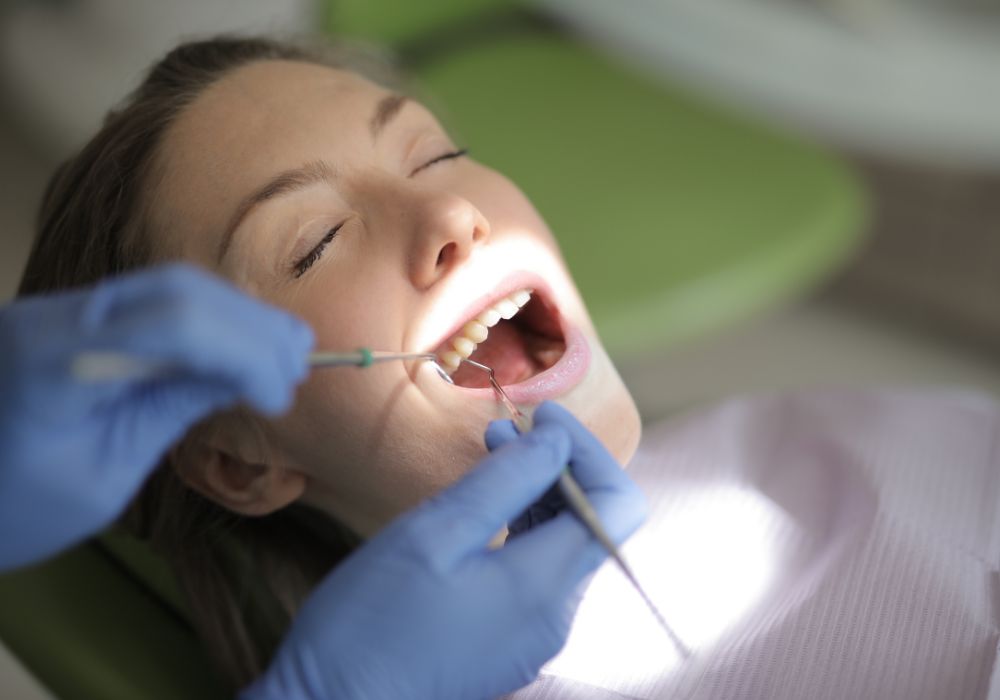
Structure
The canine tooth, also known as the cuspid tooth or dens cuspidatus, is located as the third tooth from the center in your mouth. It is a sharp tooth with a single point or cusp, designed for tearing or piercing food. Canine teeth are larger and stronger than the incisors and their roots sink deeply into the bones, causing well-marked prominences upon the surface.
The canine tooth is composed of four main parts: the crown, neck, root, and pulp cavity. The crown is the visible part of the tooth that is covered in enamel, which is the hardest substance in the human body. The neck is the part of the tooth that connects the crown to the root. The root is the part of the tooth that is embedded in the jawbone. The pulp cavity is the inner part of the tooth that contains nerves and blood vessels.
Function
The canine tooth is an important tooth for biting and tearing food. Its sharp, pointed shape allows it to easily pierce through meat and other tough foods. Canine teeth also play a role in the appearance of your smile, as they are prominent and visible when you open your mouth.
In addition to their role in biting and tearing food, canine teeth also help to maintain the shape and structure of your face. They support the lips and cheeks, preventing them from collapsing inward.
Overall, the canine tooth is an important part of your dental anatomy. Its unique structure and function make it a vital component of your oral health and overall appearance.
Connection Between Canine Tooth and Eye
If you’re wondering whether the canine tooth is connected to the eye, the answer is yes. Here are a few ways in which the two are connected.
Nervous System Connections
The nerves that supply the upper canine teeth also supply the eyes. This means that any pain or discomfort in the upper canine tooth can sometimes be felt in the eye. Additionally, certain dental procedures that involve the upper canine tooth, such as root canals or extractions, can sometimes cause temporary eye symptoms such as tearing or sensitivity to light.
Dental Health Impact on Eyes
Good dental health is important not just for your teeth, but for your overall health as well. In particular, poor dental health has been linked to certain eye conditions. For example, periodontitis, a type of gum disease, has been associated with an increased risk of age-related macular degeneration, a leading cause of blindness in older adults. Additionally, certain habits such as teeth grinding or clenching can damage or misalign the teeth, which can lead to vision problems.
To maintain good dental health and reduce your risk of eye problems, it’s important to practice good oral hygiene, including brushing twice a day, flossing daily, and visiting your dentist regularly. If you experience any pain or discomfort in your teeth or eyes, be sure to see a healthcare professional for an evaluation.
Common Misconceptions
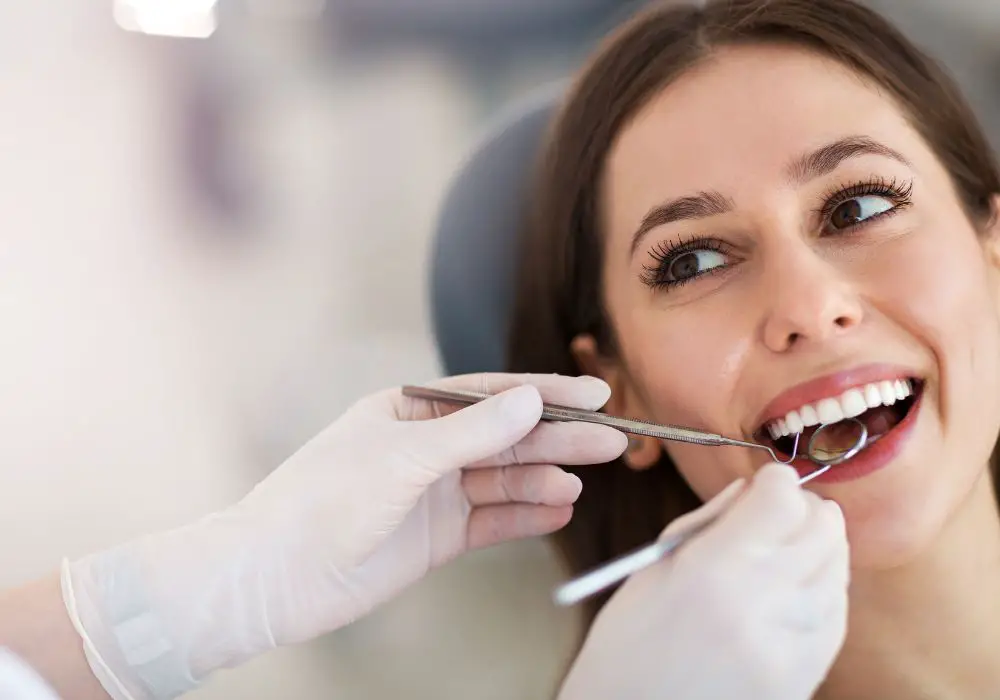
When it comes to the canine tooth, there are many misconceptions that people have. Here are a few of the most common ones:
1. Canine teeth are only found in dogs
While it is true that dogs have prominent canine teeth, humans also have them. In fact, the canine tooth is one of the four types of teeth that humans have. The canine tooth is located between the incisors and premolars and is used for biting and tearing food.
2. Canine teeth are connected to the eye
There is a common belief that the canine tooth is connected to the eye, but this is not true. The eye and the mouth are separate systems, and there is no direct connection between them. However, there is a connection between the bacteria in the mouth and the eye. If bacteria from the mouth get into the eye, it can cause an infection.
3. Canine teeth are only used for biting
While the primary function of the canine tooth is to bite and tear food, it also plays a role in speech. The canine tooth helps to form certain sounds, such as the “f” and “v” sounds. In addition, the canine tooth can also be used for aesthetic purposes. Some people choose to have their canine teeth filed down or capped to create a more uniform appearance.
4. Canine teeth are the longest teeth in the mouth
While the canine teeth are longer than the other teeth in the mouth, they are not always the longest. The length of the canine teeth can vary from person to person, and some people may have longer incisors or premolars.
Overall, it is important to have a clear understanding of the functions and characteristics of the canine tooth. By dispelling these common misconceptions, you can gain a better appreciation for the unique role that the canine tooth plays in the human mouth.
Medical Conditions Involving Canine Tooth and Eye
If you’re a dog owner, you may have wondered if there is a connection between your dog’s canine tooth and their eye. The answer is yes, there is a close proximity between the two, and dental diseases affecting the canine tooth can lead to ophthalmic manifestations and complications. In this section, we will explore some of the medical conditions that can involve both the canine tooth and the eye.
Sinusitis
Sinusitis is a common condition in dogs that can be caused by dental diseases. When the roots of the canine tooth become infected, the inflammation can spread to the surrounding tissues, including the sinuses. This can lead to symptoms such as nasal discharge, sneezing, coughing, and difficulty breathing. In severe cases, the infection can spread to the eye, causing swelling, redness, and discharge.
Orbital Cellulitis
Orbital cellulitis is a serious condition that occurs when an infection spreads to the tissues surrounding the eye. This can happen when dental diseases affect the roots of the canine tooth, leading to the spread of bacteria to the orbit. Symptoms of orbital cellulitis include swelling, redness, pain, and discharge from the eye. If left untreated, orbital cellulitis can lead to vision loss and other complications.
Trigeminal Neuralgia
Trigeminal neuralgia is a condition that affects the trigeminal nerve, which provides sensation to the face and teeth. When dental diseases affect the roots of the canine tooth, it can lead to compression or irritation of the trigeminal nerve, causing pain and discomfort. Symptoms of trigeminal neuralgia include facial pain, sensitivity to touch, and difficulty eating or drinking.
In conclusion, dental diseases affecting the canine tooth can lead to a range of medical conditions involving the eye. It is important to maintain good dental hygiene in your dog, including regular dental check-ups and cleanings, to prevent these complications from occurring. If you notice any symptoms of dental disease or ophthalmic manifestations, consult with your veterinarian for proper diagnosis and treatment.
Prevention and Care

Taking care of your pet’s teeth and eyes is important to their overall health and well-being. Here are some tips on how to prevent dental and eye problems in your pet.
Oral Hygiene
Dental disease is a common problem in pets, and it can lead to serious health issues if left untreated. To prevent dental disease, it is important to establish a regular dental care routine for your pet. This routine should include brushing your pet’s teeth regularly with a soft-bristled toothbrush and pet-specific toothpaste. You can also provide dental chews or toys to help keep your pet’s teeth clean.
In addition to regular brushing, it is important to schedule regular dental check-ups with your veterinarian. During these check-ups, your veterinarian can perform a thorough dental exam and clean your pet’s teeth if necessary.
Eye Care
The canine tooth is not directly connected to the eye, but it is important to take care of both your pet’s teeth and eyes. Eye problems can be caused by a variety of factors, including infections, injuries, and genetic conditions. To prevent eye problems, it is important to keep your pet’s eyes clean and free of debris.
You can clean your pet’s eyes with a damp cloth or cotton ball, being careful not to touch the eye itself. If you notice any signs of eye problems, such as redness, discharge, or cloudiness, you should contact your veterinarian right away.
In addition to regular eye cleaning, it is important to schedule regular eye exams with your veterinarian. During these exams, your veterinarian can perform a thorough eye exam and check for any signs of eye problems.
By following these tips for oral hygiene and eye care, you can help keep your pet healthy and happy for years to come.
Frequently Asked Questions
What is the function of canine teeth in animals?
Canine teeth, also known as cuspids or fangs, are found in many animals and serve a variety of functions. In carnivores, they are used for tearing and holding prey, while in herbivores, they are used for defense and fighting. In humans, they are used for biting and tearing food.
What is the difference between canine teeth and eye teeth?
Canine teeth and eye teeth are actually the same thing. They are called eye teeth because they are located directly below the eyes. They are also called cuspids or fangs because of their pointed shape.
What are the symptoms of eye tooth pain?
Eye tooth pain can be caused by a variety of factors, including tooth decay, gum disease, and injury. Symptoms may include pain, swelling, sensitivity to hot or cold, and difficulty chewing.
How are canine teeth connected to the rest of the mouth?
Canine teeth are connected to the rest of the mouth by roots that extend into the jawbone. They are held in place by periodontal ligaments, which attach the teeth to the surrounding bone.
What is the purpose of bottom eye teeth?
Bottom eye teeth, also known as lower cuspids, serve the same function as upper cuspids. They are used for biting and tearing food, as well as for defense and fighting.
Do canine teeth have nerves like other teeth?
Yes, canine teeth have nerves just like other teeth. The nerves provide sensation to the teeth and allow us to feel hot, cold, and pain.



